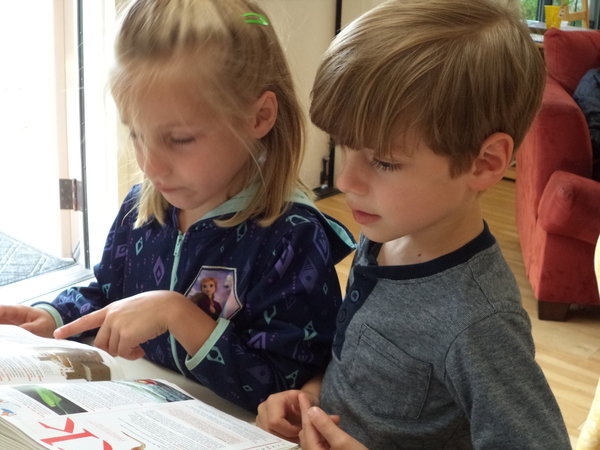(858) 759-0631
Carrying on from my last letter about geography, biology, and science in the elementary class, I would like to say a few words about the study of history, art, and music. You can easily see that these three subjects would fit so well together in an integrated curriculum. You can hardly study an ancient civilization without studying its art and music.
We take on the study of history in elementary starting with pre-history. This means before people left behind written records of their activities. This is the vast majority of human existence, so there are a lot of territories to cover. We explore what different cultures did to meet their basic needs and when those needs were satisfied, how they moved on to the more advanced ideas like spiritual needs like art and music. We study how people know about people who didn't have a written language. We also study what is not known or has yet to be discovered. This gives the students an open pathway to discovery.
Eventually, we move on to cultures that did leave a written record like the Egyptians, Sumerians, Phoenicians, Greeks, and Romans. We also compare and contrast these civilizations with New World civilizations such as the Incas, Mayans, and Aztecs. All this study is approached in the form of a story its purpose being to enthuse the students so they will want to learn more on their own.
We take on the study of music on two levels. One is to learn the fundamentals of how to make and interpret music. It is hard to study a subject when one does not understand the language. The children study notation, rhythm, and scale structure. They practice these concepts on the tone bars and with singing and rhythm charts. This is offered to all children and becomes a special interest to many.
We also explore music as it reflects an era of modern history (we did a unit on popular songs of the fifties and sixties) or as an expression of a larger art movement in history. Whenever we talk of people, even those who live at a primitive level, there is always rhythm and music involved. It is a basic human expression.
In art, we take a similar approach. One level is to learn skills and techniques to enable us to produce different kinds of art. We learn about line, color value, texture, pattern, and many more aspects of visual art. We learn the language. We practice different ways of making art. The children are taught a specific technique and then are invited to use the materials in the way they have been shown to express themselves.
We also explore famous artists and their art, noting how different styles evoke different emotions. Some great stories go along with this art, turning it into a history lesson as well. And what is better than to have some inspirational music playing while one creates?
See how this works? It is so much fun!
-Mrs. Stone, Millipede Teacher

